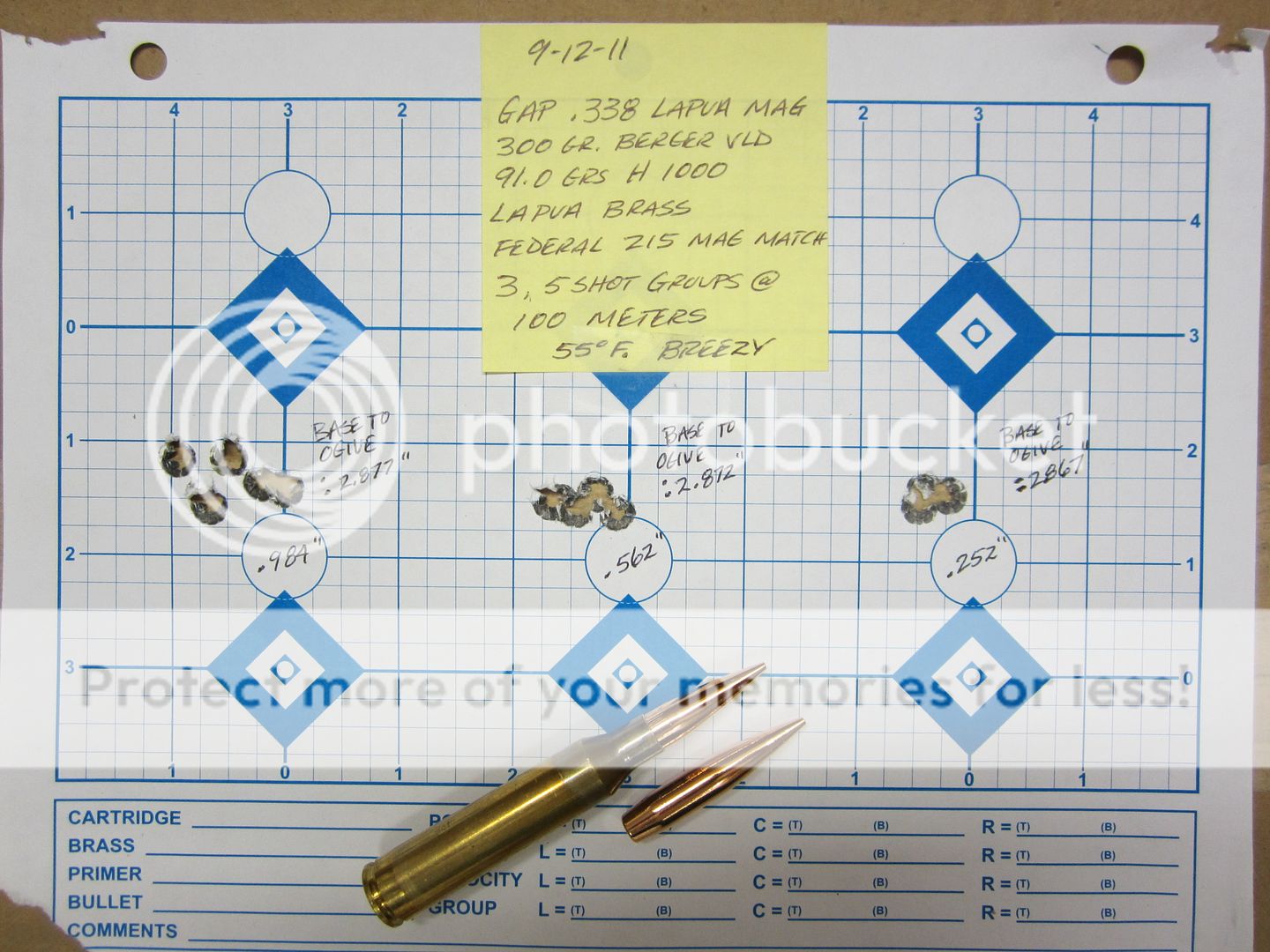sagebrush
Active member
Take into consideration I know nothing about reloading. First, how important is the over all length of your finished cartidge to the point of impact? If you believe OAL is important, then how much is too much variance?
It just seems to me there are a lot of variables. Case length, bullet seating and tip variance in soft points and polymer tips.
It just seems to me there are a lot of variables. Case length, bullet seating and tip variance in soft points and polymer tips.





